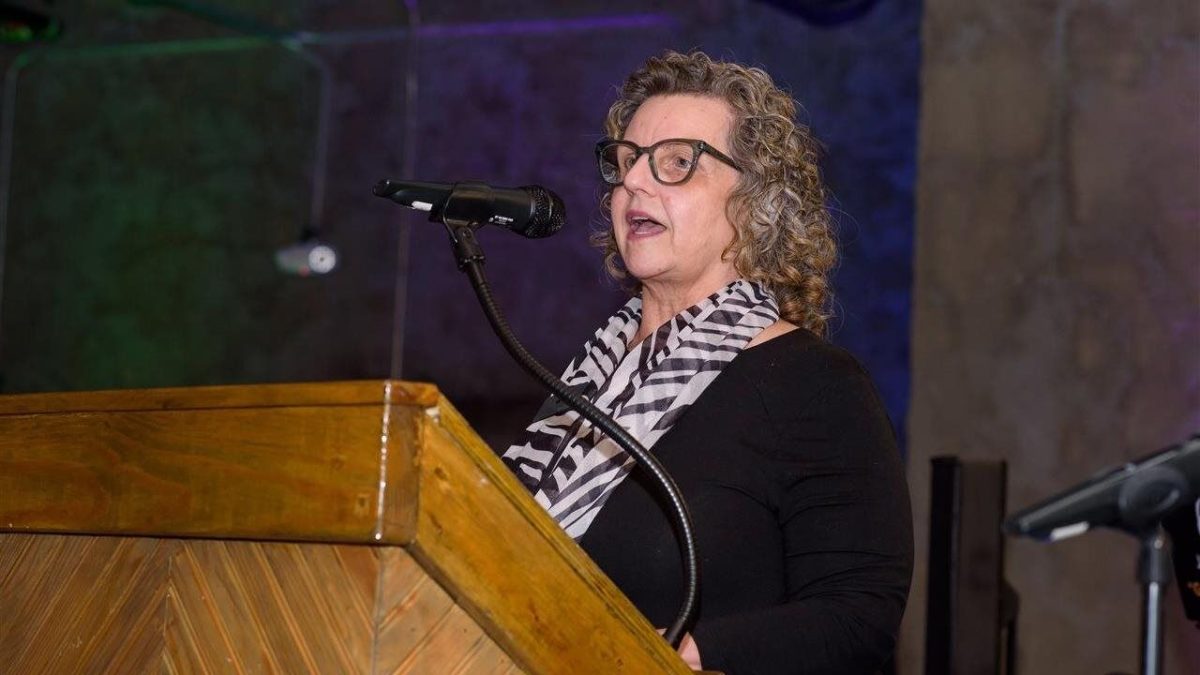(BPT) – By definition, the term “rare” implies something uncommon. When applied to diseases, it means a condition that impacts a small number of patients, usually fewer than 1 in 2,000. However, to have a rare disease, and the challenges it brings, is more common than many people may realize.
Diane Ramsey-Paige — a rare disease patient, caregiver, advocate and nurse for more than 40 years — knows this all too well.
Ramsey-Paige lives with two different rare blood disorders, and her youngest child has an ultra-rare immune regulation syndrome. Even with her training as a nurse and experience as a rare disease patient herself, navigating her son’s rare disease journey was a challenge.
“Despite having a physician and advanced practice nurse for parents and being evaluated at a world-class medical center, it took quite some time to arrive at a diagnosis and a treatment plan for our son,” said Ramsey-Paige. “Due to a variety of factors, this experience is unfortunately quite common among those with rare disorders.”
A calling to help
A lack of education in the healthcare community and awareness about these rare conditions can delay time to diagnosis, just as it did for Ramsey-Paige’s son. Some patients can wait years or longer for an appropriate diagnosis, a process that can take a toll. Other challenges include lack of available treatment once diagnosed, since 95% of rare diseases don’t have an approved treatment. Often, even if there is an available treatment, patients may face financial difficulties or other access barriers to these life-saving therapies.
While these challenges can be frustrating, even for those skilled in navigating the medical system, Ramsey-Paige’s experience motivated her to help others impacted by rare disease.
“I knew I could use my personal experiences, along with my training, to hopefully make a difference in the lives of people with rare diseases,” she said. “And that’s exactly what I’ve done.”
Ramsey-Paige began her nursing career working at academic medical centers, eventually focusing on rare disease patients with unmet needs, including those with a rare, genetic disorder called hereditary angioedema (HAE).
Today, she uses her expertise as a Senior Global Nurse Advocate for BioCryst, a global biopharma company based in Durham, NC, that develops novel oral medications for rare diseases, including HAE, where she’s proud to work alongside others committed to addressing the needs of rare disease patients.
Important lessons
Rare diseases impact about 5% of the worldwide population, so chances are, you may know someone with a rare disorder, even if you don’t realize it. So here are a few things Ramsey-Paige wants everyone to know:
- A rare disease is something someone has, but it is not who they are. Some rare diseases require constant care and are readily apparent, while others can be more easily managed behind the scenes, but it is only one aspect of a person’s life; it doesn’t define them.
- Inequities only compound the challenges many patients face. In addition to lack of awareness about the diseases themselves, there is also often insufficient understanding of the limitations faced. Proper accommodations in the workplace, at home, in educational settings and more can go a long way in helping those with a rare disease.
- Greater awareness and continued momentum are needed. I’ve seen progress in multiple disease states, however, there is still much to be done, including in the areas of policy and access, as well as advancing the science of rare disease.
Rare strength
Perhaps most importantly, Ramsey-Paige wants people to know about the rare disease community’s strength.
“The rare community is incredibly strong and motivates me every day, from those bravely navigating their own rare disease journey to the caregivers taking on an often underestimated and underappreciated role,” she said. “The efforts of each and every member of the community matter greatly, whether it’s raising awareness, advocating for change or researching new treatments. Even one determined person can move mountains.”
To learn more about rare diseases and the work being done to support the rare community, visit www.rarediseaseday.org.









